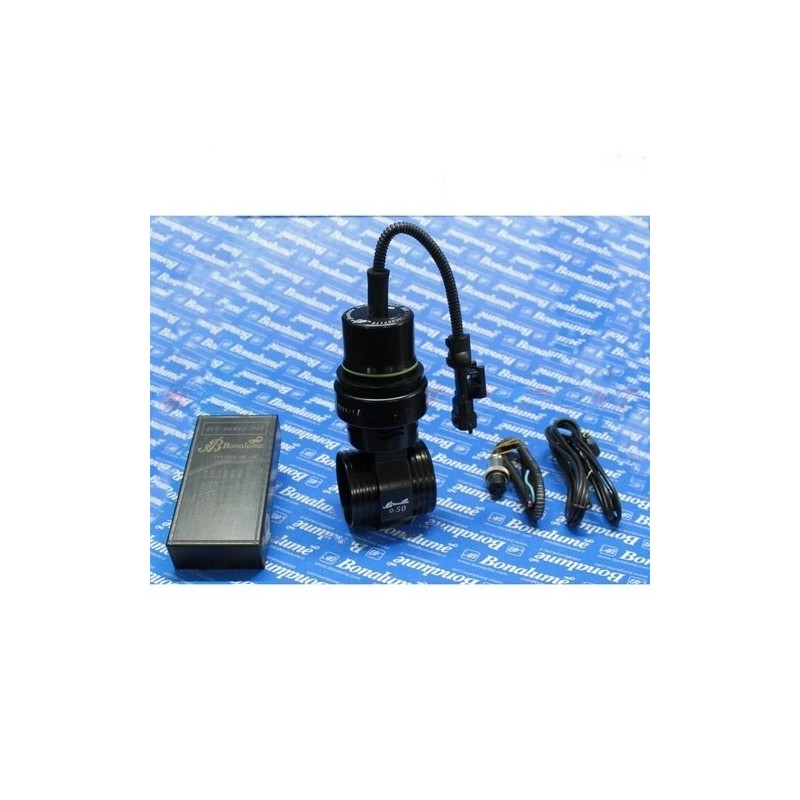
Reference: W4C
Brand: Bonalume
Adjustable wastegate valve specific for Alfa 4C 1750 TBi with GT1446 turbine - Bonalume W4C
 Abarth
Abarth Alfa Romeo
Alfa Romeo Audi
Audi Bmw
Bmw Chevrolet
Chevrolet Citroen
Citroen Cupra
Cupra Ds
Ds Ferrari
Ferrari Fiat
Fiat Ford
Ford Honda
Honda Hyundai
Hyundai Kia
Kia Lamborghini
Lamborghini Lancia
Lancia Maserati
Maserati Mazda
Mazda Mercedes Benz
Mercedes Benz Mini
Mini Nissan
Nissan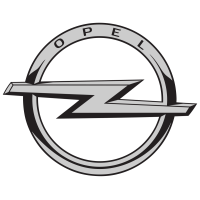 Opel
Opel Peugeot
Peugeot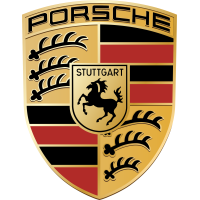 Porsche
Porsche Renault
Renault Seat
Seat Skoda
Skoda Subaru
Subaru Suzuki
Suzuki Toyota
Toyota Volkswagen
Volkswagen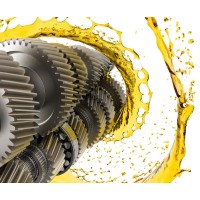 _ Additivi Olio E Lubrificanti
_ Additivi Olio E Lubrificanti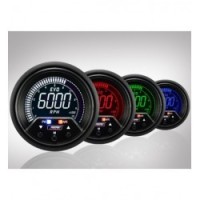 _ Gauges and Gauge Pod
_ Gauges and Gauge Pod Aem
Aem Depo
Depo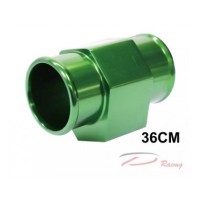 Accessori-Sensori- Porta Strumenti
Accessori-Sensori- Porta Strumenti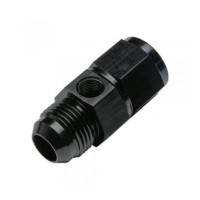 Pressione Carburante
Pressione Carburante Serie Sld Analogico -Digitale D.52-60
Serie Sld Analogico -Digitale D.52-60 Serie 2 In 1 Multifunzione D.60
Serie 2 In 1 Multifunzione D.60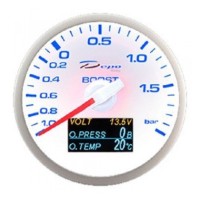 Serie 4 In 1 Multifunzione D.60
Serie 4 In 1 Multifunzione D.60 Serie Clwa Analogico D.52
Serie Clwa Analogico D.52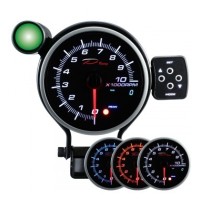 Serie Contagiri - Contachilometri
Serie Contagiri - Contachilometri Serie Csm Analogico D.52
Serie Csm Analogico D.52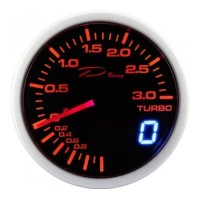 Serie Dual View Analogico -Digitale D.52
Serie Dual View Analogico -Digitale D.52 Serie Dx Analogico D.60
Serie Dx Analogico D.60 Serie F1 Analogico D.60
Serie F1 Analogico D.60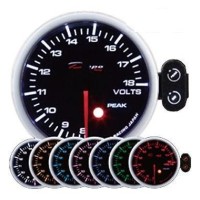 Serie Pk-Sc Analogico D.52
Serie Pk-Sc Analogico D.52 Serie Pk-Wa Analogico D.52
Serie Pk-Wa Analogico D.52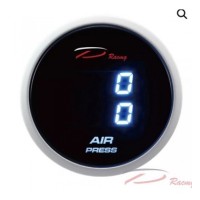 Serie Pressione Aria
Serie Pressione Aria Serie Spark Pk-Sc Analogico D.52
Serie Spark Pk-Sc Analogico D.52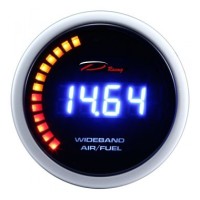 Serie Wideband
Serie Wideband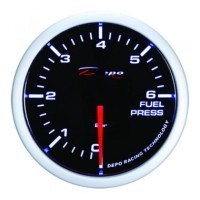 Serie Ws Analogico D.52
Serie Ws Analogico D.52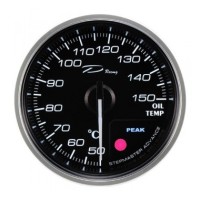 Serie X Analogico D.52-60
Serie X Analogico D.52-60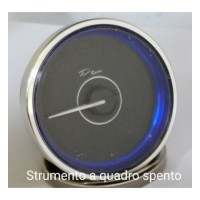 Serie Xz Analogico D.52-60
Serie Xz Analogico D.52-60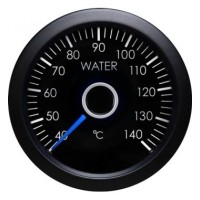 Temperatura - Pressione Olio
Temperatura - Pressione Olio Diagnosi
Diagnosi Glowshift
Glowshift Plx
Plx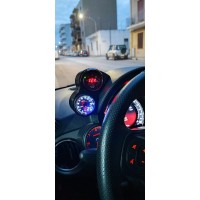 Portamanometri Abarth
Portamanometri Abarth Prosport
Prosport Roaditalia
Roaditalia Shadow
Shadow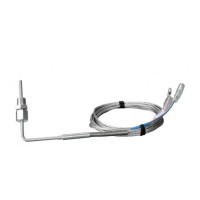 Sonde K Egt
Sonde K Egt Stack
Stack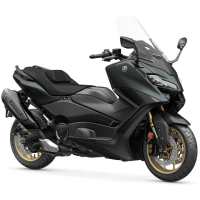 _ Mondo T Max
_ Mondo T Max 500 4T Lc 2001-2003.jpg) T Max (Carb.) 500 4T Lc 2001-2003
T Max (Carb.) 500 4T Lc 2001-2003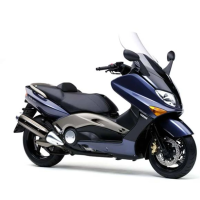 T Max 500 Ie 4T Lc 2004-2007
T Max 500 Ie 4T Lc 2004-2007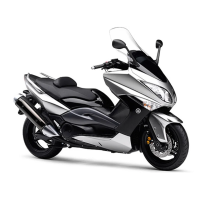 T Max 500 Ie 4T Lc 2008-2011
T Max 500 Ie 4T Lc 2008-2011.jpg) T Max 530 Ie 4T Lc 2012-2014 (J409E)
T Max 530 Ie 4T Lc 2012-2014 (J409E).jpg) T Max 530 Ie 4T Lc 2015-2016 (J409E)
T Max 530 Ie 4T Lc 2015-2016 (J409E).jpg) T Max 530 Ie 4T Lc Euro 4 2017- (J415E)
T Max 530 Ie 4T Lc Euro 4 2017- (J415E).jpg) T Max 560 Ie 4T Lc Euro 5 2020-2021 (J420E)
T Max 560 Ie 4T Lc Euro 5 2020-2021 (J420E)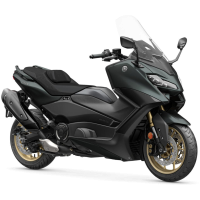 T Max 560 Ie 4T Lc Euro 5 2022-
T Max 560 Ie 4T Lc Euro 5 2022-.jpg) T Max Dx 530 Ie 4T Lc Euro 4 2017- (J415E)
T Max Dx 530 Ie 4T Lc Euro 4 2017- (J415E).jpg) T Max Sx 530 Ie 4T Lc Euro 4 2017- (J415E)
T Max Sx 530 Ie 4T Lc Euro 4 2017- (J415E).jpg) T Max Tech Max 560 Ie 4T Lc Euro 5 2020-2021 (J420E)
T Max Tech Max 560 Ie 4T Lc Euro 5 2020-2021 (J420E)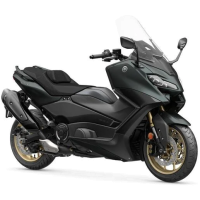 T Max Tech Max 560 Ie 4T Lc Euro 5 2022-
T Max Tech Max 560 Ie 4T Lc Euro 5 2022-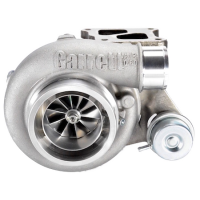 _ Prodotti Universali
_ Prodotti Universali

Reference: WA
Brand: Bonalume
Reference: B1EVON
Brand: Bonalume
Reference: EHi20
Brand: Bonalume
